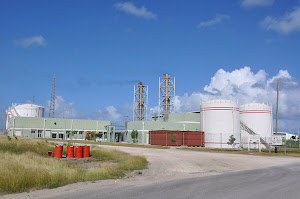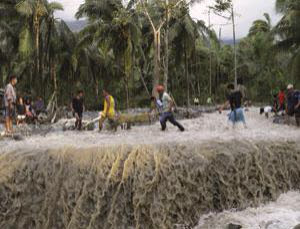US researchers say they found the first evidence of warming during the southern hemisphere’s summer months.
They are worried that the increased melting of ice as a result of warmer temperatures could contribute to sea-level rise.
The study has been published in the journal Nature Geoscience.
The scientists compiled data from records kept at Byrd station, established by the US in the mid-1950s and located towards the centre of the West Antarctic ice sheet (WAIS).
Previously scientists were unable to draw any conclusions from the Byrd data as the records were incomplete.
The new work used a computer model of the atmosphere and a numerical analysis method to fill in the missing observations.
The results indicate an increase of 2.4C in average annual temperature between 1958 and 2010.
“What we’re seeing is one of the strongest warming signals on Earth,” says Andrew Monaghan, a co-author and scientist at the US National Centre for Atmospheric Research.
“This is the first time we’ve been able to determine that there’s warming going on during the summer season.” he added.
Top to bottom
It might be natural to expect that summers even in Antarctica would be warmer than other times of the year. But the region is so cold, it is extremely rare for temperatures to get above freezing.
According to co-author Prof David Bromwich from Ohio State University, this is a critical threshold.“The fact that temperatures are rising in the summer means there’s a prospect of WAIS not only being melted from the bottom as we know it is today, but in future it looks probable that it will be melting from the top as well,” he said.
Previous research published in Nature indicated that the WAIS is being warmed by the ocean, but this new work suggests that the atmosphere is playing a role as well. More



